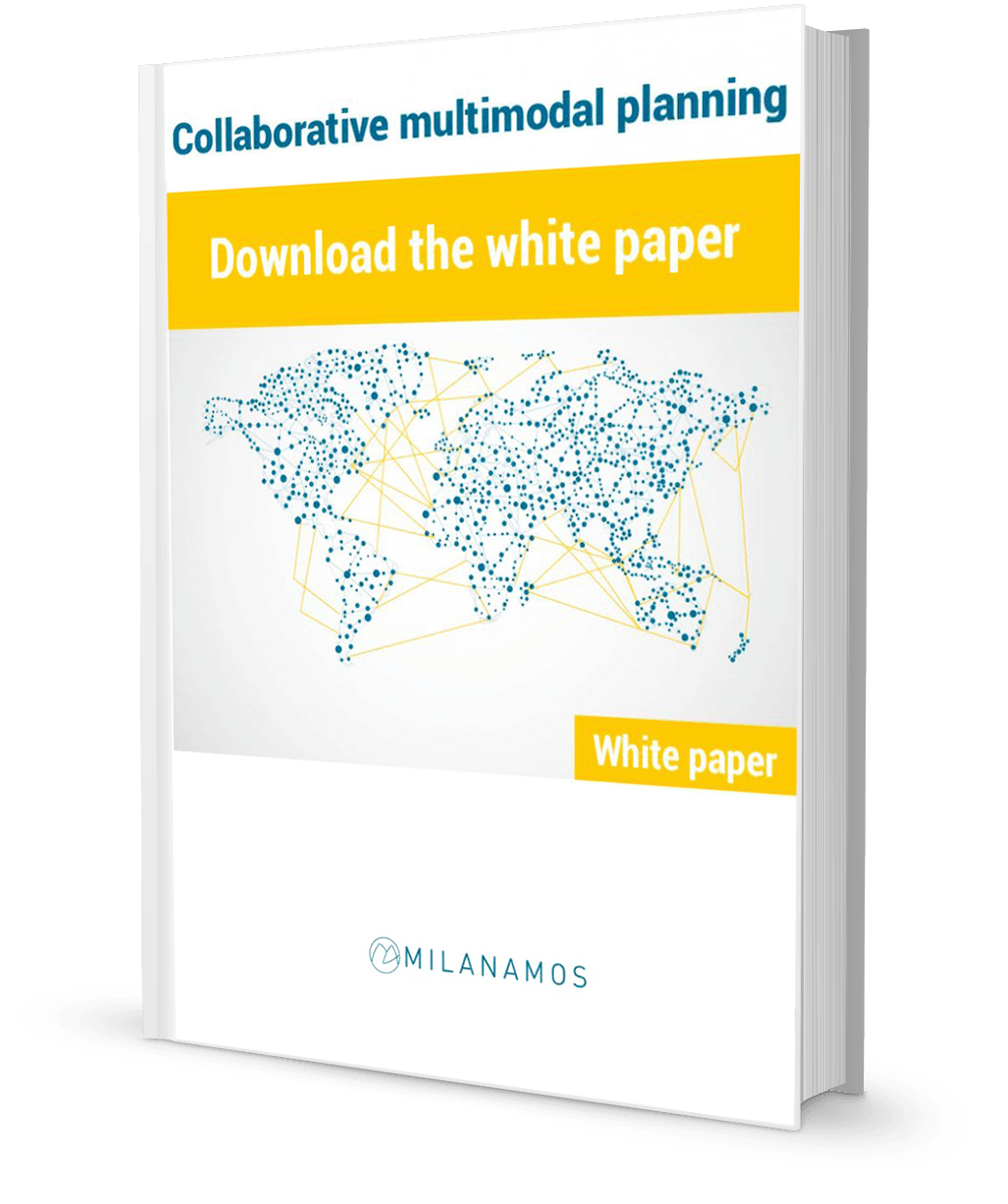Christophe Imbert, CEO of transport big data specialist Milanamos, shares some thoughts on how transport impacts social mobility.
The Germans call it an ‘ohrwurm’ or, literally translated, an ‘earworm’. We’ve all had it. it’s when you hear a piece of music and then you can’t get it out of your head. So you spend all day humming it until, eventually, you think “I have to do something about this.” For example, buying the track off iTunes can often make the ohrwurm go away.
I had an ohrwurm of a different kind just before Christmas 2015 when I read a December 23rd article in UK newspaper The Guardian (link below) titled: ‘Maryland accused of race discrimination over scrapping of Baltimore rail project.’
It’s a thought-provoking story which can be quickly summarized thus:
1 – A long-planned, new light railway in Baltimore, US, had funds approved. Called the Red Line, it would connect poorer, predominantly black neighborhoods with city center, predominantly white neighborhoods where there are more jobs.
2 – The mayor of Baltimore decided to divert the city budget from creating the Red Line to road improvements in middle class areas. Even though that meant foregoing a $900m federal grant, the elected officials decided not to implement the new light railway scheme.
3 – The people who would be financially disadvantaged by this decision (civil rights groups representing the predominantly black community) launched a legal case against city hall, the outcome of which is not yet known.
But for me the earworm in the story is when The Guardian author (@baynardwoods) wrote: ‘Each day the city’s single existing light rail line is packed with people commuting south towards low-paying jobs at the BWI airport – the line’s final stop.’
And I think the reason that paragraph morphed into an ohrwurm is because it (successfully) challenged some of my notions about the role of transport systems, particularly multimodal transport systems.
Let me re-wind a little. I’m a mathematician and analyst, specializing in big data for transport networks. That means I spend a lot of time trying to unlock the stories that anonymized big data is trying to tell us. I admit that I try to understand the collective consciousness and behavior of people in an abstract, numeric way.
The data I work with – say mobile phone network usage, demographics or airline usage stats – is anonymized: a) because it has to be (due to the volume of metadata) and, b) because it should be (as people have a right to privacy). But the problem with anonymized data is that it’s, well, faceless.
However, that data really can tell fascinating stories. For example, we can advise airlines and bus companies when they should collaborate on creating multimodal routes. Or we can use predictive modeling to suggest profitable new routes for airlines and airports.
But – and I think this is how the ohrwurm got into my head – the unspoken ROI of crunching all this big data and developing multimodal transport networks is so that socially-advantaged travelers are able to get from their plane to their destination in as cost-effective and relaxed a state as possible. Now the earworm was nagging me that for every light railway carriage leaving the airport full of contented travelers, there was another carriage pulling up at the airport full of lower-paid workers. And that seems to me like the crucible of social mobility.
Transport and social inclusion/exclusion.
In an effort to exorcize this particular ohrwurm I did a little digging on the Internet about ‘transport and social mobility’ and found a fascinating paper (link below) by Susan Kenyon, Glenn Lyons and Jackie Rafferty of Bristol University, UK.
To set the scene for the paper I have taken the liberty of cutting and pasting the authors’ abstract below:
This paper introduces a mobility dimension to social exclusion, suggesting a strong correlation between a lack access to adequate mobility and lack of access to opportunities, social networks, goods and services. This correlation exists as both a cause and consequence of social exclusion. The authors question the likelihood that increased physical mobility, by car or public transport, can, by itself, provide a fully viable or sustainable solution to mobility related aspects of social exclusion. This paper cautiously suggests that the use of information and communications technologies could enable a new, virtual mobility, enabling an Internet based increase in accessibility as an alternative to an increase in physical mobility. Finally, consideration is given to the possibility of a virtual mobility-related dimension of exclusion and to the possible social implications of inclusion of virtual mobility in an integrated transport strategy.
I agreed with and supported the thoughts of the authors, but (funny how there’s always a but) as someone who is both a tech-fan and passionate about efficient transport systems, I was a little disheartened by the notion that giving someone virtual access to a job (ie, by being a teleworker) could somehow compensate for the fact that people were denied physical access to a job (ie, due to inadequate transport links being available).
Of course this is straying into a different topic: which is that the nature of jobs themselves are changing, in that physical jobs are being replaced by knowledge jobs. That’s just evolution, for better or for worse.
But (for me, at least) the idea was taking root that multimodal transport is much more than getting uberized millennials and their smartphones from A to B. Efficient transport is the warp and weft which enables a cohesive and diverse social fabric to be created.
The gentrification of inner cities.
During my reading into the subject of transport and social inclusion/exclusion, a couple more insights caught my imagination:
1. In the Baltimore article, where this ramble started, it was revealed that city hall granted Amazon, who had opened a warehouse on the outskirts of the city, $100k to introduce a shuttle service. This was because the city did not have a bus service going from the low wage neighborhoods to where Amazon had built their warehouse. Conversely …
2. In London, a firm of realtors (estate agents, as they are called in the UK) wrote another thought-provoking article (link below) about the ‘Gentrificiation of London’. The article demonstrated a link between how improved transport and the expansion of better paid ‘knowledge’ jobs had resulted in poorer sectors of society being pushed further away from the opportunities provided by the city center. As realtors, the authors were only too well aware of the change in property prices when knowledge workers replace manual workers in a neighborhood.
So, where am I going with all this? Well, the end result of all these musings is that there is an important and underrated aspect to creating multimodal networks. As subject matter experts, we tend to view such initiatives through the economic lens of ‘shareholder value’ and ‘customer satisfaction’. But it’s important to also have some awareness of the wider societal impact of developments in transport infrastructures. That’s the role of government, not business, and I believe that both parties should have a strong voice when it comes to developing transport infrastructures.
I hope you found this article interesting. If nothing else, I’m hoping that the process of writing it will encourage the ohrwurm of ‘social mobility and transport systems’ to give me some peace.
Feel free to leave any comments below.
Reference sources:
The Guardian : Maryland accused of race discrimination over scrapping of Baltimore rail project.
http://snip.ly/t9gdi
Bristol University. Transport and social exclusion: investigating the possibility of promoting inclusion through virtual mobility
http://eprints.uwe.ac.uk/8903/1/8903.pdf
Benham & Reeves : Gentrification of London.
http://snip.ly/dmflf











